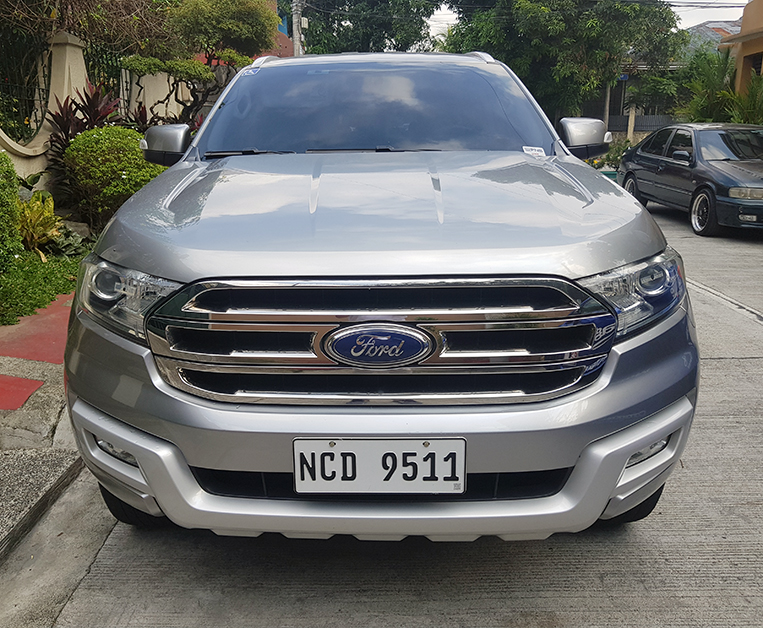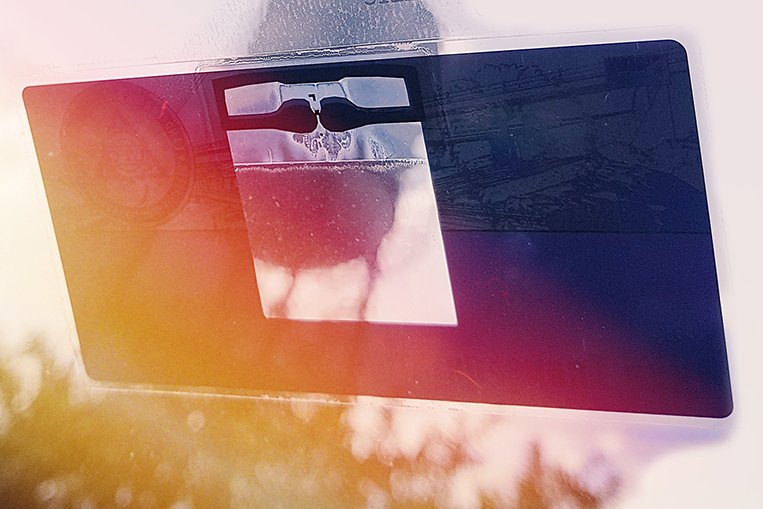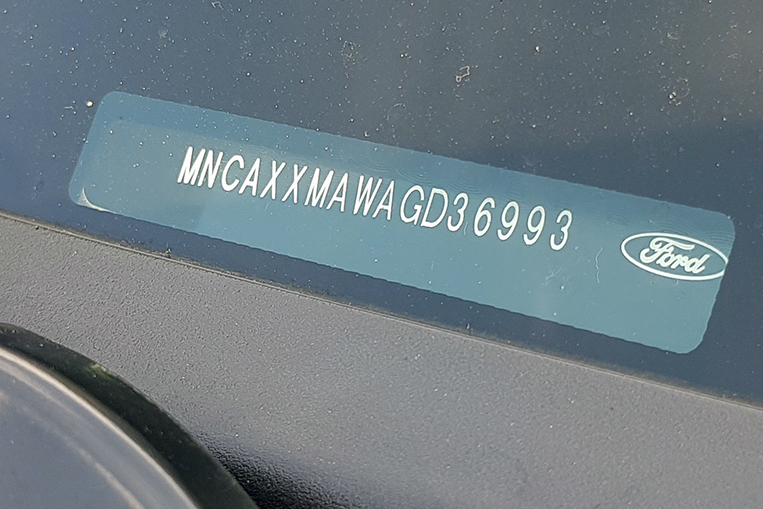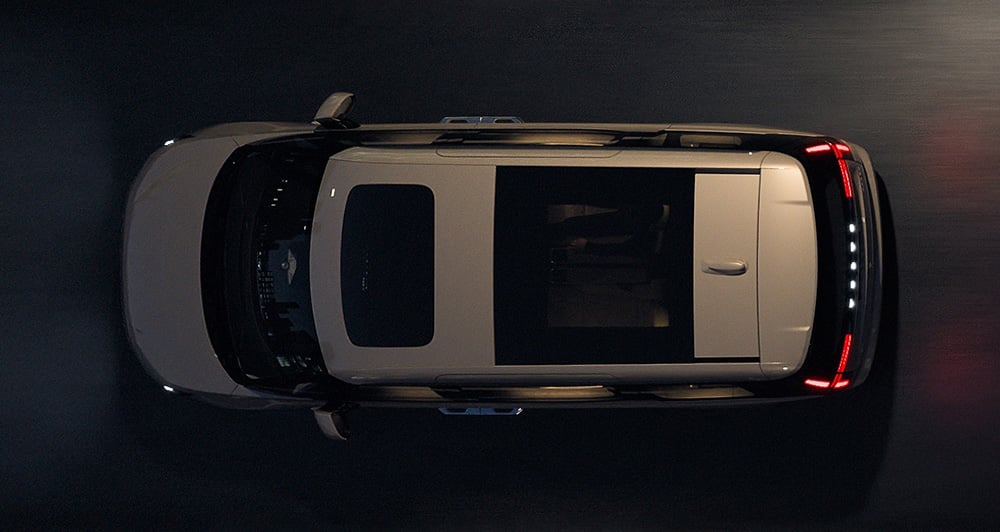
Because I put my money where my mouth is, I’m showing off the data stream from the QR code on the RFID sticker of my family’s very own Ford Everest. This is the real deal. I’m putting it out there for all of you to see because I firmly believe that this isn’t the sensitive data some alarmists would like you to think it is. I’m also including a picture of the vehicle’s identification number (VIN) indicated at the bottom of the windshield, just to prove that anyone can jot it down without having to clamber up the hood and scan the sticker.


Actually, because the code is readable by any mobile device, I feel relieved knowing that the authorities will be able to easily look up our Everest’s details should it figure in an accident or get stolen by criminals. As pointed out by Land Transportation Office executive director Romeo Vera Cruz, the RFID sticker is designed for law enforcement agencies, its purpose being:
- To ensure that the plate is authentic, and that it actually belongs to the vehicle;
- To expedite the verification process; and
- To prevent counterfeiting.
Below is our vehicle’s “sensitive” information. Go ahead and fake it. We’ll see what happens.

NOTE: As pointed out to us by some readers, the placement of the RFID sticker on the author’s vehicle is wrong (it should be at the upper center of the windshield, behind the rearview mirror). Apologies for this. The author admits not knowing the correct way of attaching said sticker when they did it. This, however, does not change the main and essential point of the article. To help avoid confusion, we cropped the affected photo to make the RFID sticker appear to be in its proper location.











Comments